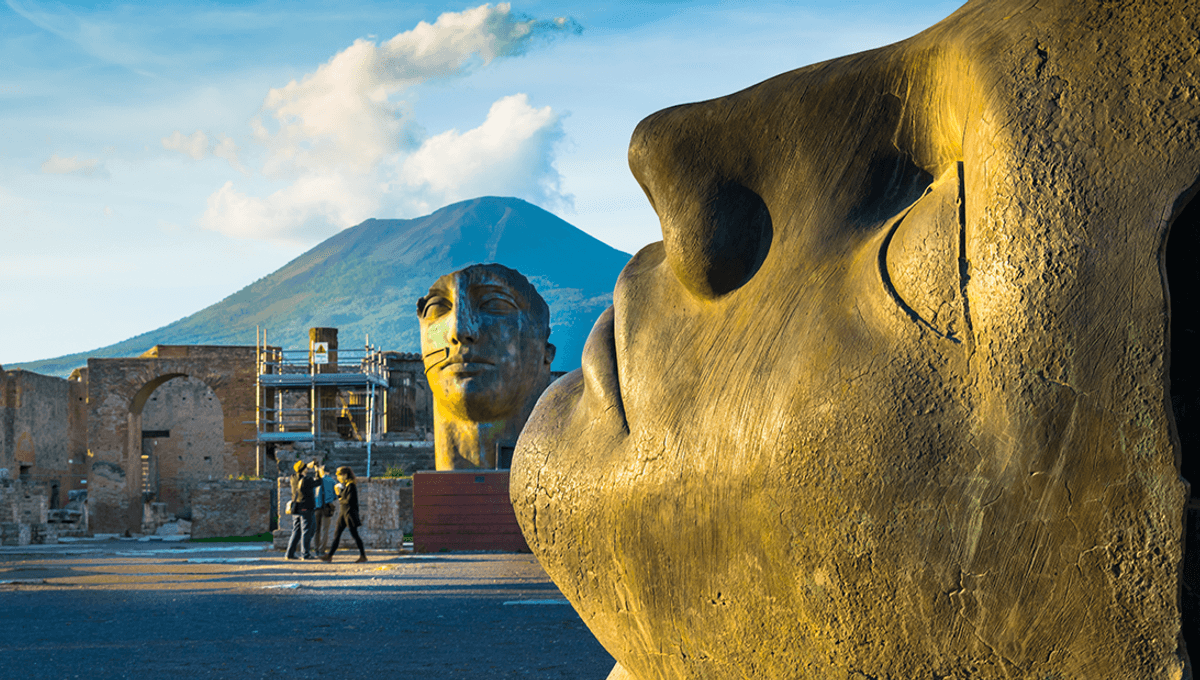
Have you ever noticed that when the remains of ancient civilizations are found, they are often dug up or unearthed, and never found “lying around” or “just sort of sat there”?
Well before you go assuming the obvious (an order of mole people, dedicated to hiding knowledge of the past) you should know there are a number of reasons for this. Natural disasters, for instance, can bury an ancient city quite abruptly – just ask Pompeii.
Settlements and cities can become abandoned, starting a long process of becoming buried or partially buried. Ancient Mayan cities have become overgrown by the jungle, leaving nothing but a grassy mound for archaeologists to find. Other cities or structures can become buried by the weather, with floods and the wind depositing layers and layers of soil and dust over many years, again leaving not much more than a suspicious mound.
Not all ancient cities get abandoned though. Rome, for example, has been continuously occupied since 753 BCE, and yet the remains of ancient Rome are often buried deep down. To really give you a sense of that, there are buildings – including the Curia Julia – where ground level moved so much as time went on that doors have had to be shifted meters higher than they were during construction.
This dramatic shift in the ground level is in small part due to the organic matter around Rome, as the video above from Told In Stone explains. Foliage and plant matter decayed, producing soil and slowly raising the ground level. Flooding played its part too, bringing more matter into the city.
However, the main contributing factor is humanity just building on top of the previous generations, and not properly discarding the rubble (or historical record) of those who came before them. In Rome and London, towns that transformed into cities would often bring in demolition rubble and earth to pave over old streets, building on top of this “made ground”.
Sometimes this would not happen intentionally. An old building that crumbled in Ancient Rome could be found later, stones scavenged and built upon, while unimportant tiles and other artifacts get ignored and left. It’s nice to give archaeologists something to find after all that digging.
All “explainer” articles are confirmed by fact checkers to be correct at time of publishing. Text, images, and links may be edited, removed, or added to at a later date to keep information current.
Source Link: Why The Remains Of Ancient Civilizations Are Usually Buried Underground